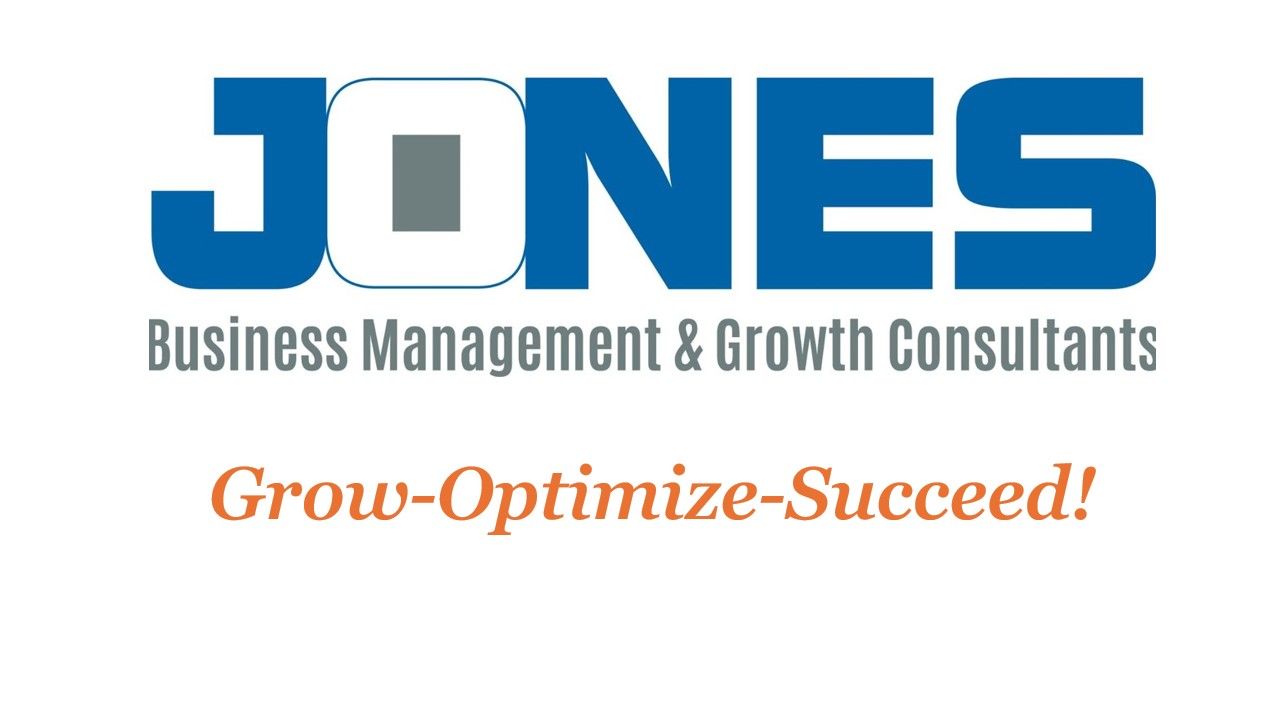Fostering an Accountability-Driven Culture: Building a Foundation to Prevent Systemic and Cascading Failures
How fostering ownership and responsibility at all levels can prevent organizational failures and drive long-term success

In the previous blogs, we explored two major types of organizational breakdowns: Cascading System Failures and Systemic Process Failures. Both highlight the importance of accountability across every level of an organization. To prevent these kinds of failures, it’s essential to create a culture where individuals and teams take ownership of their roles and responsibilities—an Accountability-Driven Culture.
In this post, we’ll dive into what it means to build such a culture, why it matters, and how leaders can foster accountability to ensure long-term organizational success.
What is an Accountability-Driven Culture?
An Accountability-Driven Culture is one in which every individual, team, and leader is committed to taking responsibility for their work, results, and decisions. In this environment, people are empowered to make decisions, are transparent about their successes and failures, and are committed to finding solutions rather than blaming others.
When accountability is woven into the fabric of an organization, teams are more likely to learn from mistakes, communicate openly, and take proactive steps to prevent future failures.
Why Does Accountability Matter?
Accountability is crucial for several reasons:
- Prevents the Blame Game: In an accountable culture, individuals don’t deflect responsibility or look for scapegoats when things go wrong. Instead, they focus on their role in the problem and how they can contribute to the solution. This reduces the toxicity that comes from finger-pointing and blame-shifting.
- Encourages Transparency: When people feel safe owning up to their mistakes, it creates a transparent environment where issues are surfaced early. This allows teams to address problems before they escalate into larger failures.
- Drives Continuous Improvement: Organizations that prioritize accountability also prioritize learning. When people take responsibility for their actions, they’re more likely to learn from their mistakes and seek ways to improve.
- Fosters Trust: Accountability builds trust within teams and between leadership and employees. When everyone knows that others will deliver on their promises and take ownership of their work, collaboration and communication improve.
Steps to Foster an Accountability-Driven Culture
1. Lead by Example
Accountability starts at the top. Leaders must set the tone by modeling the behaviors they want to see in their teams. This means owning their decisions—both successes and failures—and being transparent about the reasoning behind them.
- Leaders should ask themselves: Am I demonstrating accountability in my decisions and actions? Do I openly communicate when things don’t go as planned? How am I setting the example for the rest of the organization?
When leaders take responsibility for their mistakes, it encourages others to do the same, creating a culture where everyone feels safe being honest about their work.
2. Create Clear Roles and Expectations
One of the main reasons accountability breaks down in organizations is unclear expectations. If employees don’t understand their roles or what’s expected of them, it’s difficult for them to take responsibility for outcomes.
- Key questions to ask: Do employees have a clear understanding of their individual responsibilities? Are expectations for performance and behavior clearly communicated?
Ensure that every employee knows their role within the larger organization, how their work ties into the company’s overall goals, and what success looks like. Regular check-ins and performance reviews can help keep expectations aligned.
3. Encourage Open Communication
In an accountability-driven culture, communication is key. Employees need to feel comfortable discussing problems, asking questions, and providing feedback without fear of retribution. Leaders should create an environment where open dialogue is not only encouraged but expected.
- Consider implementing: Regular team meetings, cross-departmental discussions, and anonymous feedback systems. These structures allow employees to express concerns or bring up issues that could otherwise go unnoticed.
Transparency should extend to both successes and failures—celebrate wins, but also openly analyze what went wrong when failures occur. This openness helps identify lessons that can lead to long-term improvements.
4. Empower Employees to Make Decisions
Accountability can’t exist in an environment where employees have no control over their work. If people are micromanaged or feel disempowered, they’ll be less likely to take ownership of their responsibilities.
- Ask yourself: Do my employees have the authority to make decisions in their areas of responsibility? Am I giving them the tools and resources they need to succeed?
Empowering employees means trusting them to make decisions and backing them up when things go wrong. This fosters a sense of ownership, where employees feel like their contributions matter and that they have a direct impact on the organization’s success.
5. Create Systems for Accountability
It’s not enough to simply expect accountability—you need to build it into the structure of your organization. This means establishing clear metrics for success, implementing regular performance reviews, and creating a process for providing feedback when things go off track.
- Consider implementing systems like: Key Performance Indicators (KPIs), goal-setting frameworks like OKRs (Objectives and Key Results), and accountability partners within teams. These tools ensure that everyone is held accountable in a structured, measurable way.
Regularly review progress on both an individual and team level, and provide constructive feedback on areas for improvement.
6. Reward Accountability
Positive reinforcement is a powerful tool in creating a culture of accountability. When employees take ownership of their work, make decisions, and drive results, they should be recognized and rewarded.
- Ask yourself: How do we recognize accountability within the organization? Are we celebrating employees who go above and beyond in owning their responsibilities?
Whether it’s through formal recognition programs, promotions, or simply acknowledging their contributions in meetings, rewarding accountability encourages others to follow suit.
Accountability and Failure Prevention
An Accountability-Driven Culture plays a critical role in preventing both Systemic Process Failures and Cascading System Failures. Here’s how:
- Cascading Failures: In an accountable organization, small issues are caught early because individuals take responsibility for their part of the process. This prevents the domino effect of one failure leading to another.
- Systemic Failures: Systemic issues are harder to resolve because they’re deeply embedded in the organization’s structure. However, by fostering accountability, organizations can start to identify and address these deep-rooted problems, as employees feel empowered to speak up and suggest solutions.
Conclusion: Accountability as a Foundation for Success
Building an Accountability-Driven Culture is one of the most powerful ways to prevent both cascading and systemic failures. When everyone in the organization takes responsibility for their work, communicates openly, and is empowered to make decisions, the chances of failure are significantly reduced. More importantly, accountability fosters a culture of learning, growth, and continuous improvement, setting the stage for long-term success.
In the next blog, we’ll dive deeper into the role of leadership in maintaining accountability across an organization, focusing on how leaders can continue to nurture a culture of responsibility and trust as the business grows.
#LeadershipLessons
#BusinessGrowth
#ProcessImprovement
#CascadingFailures
#AccountabilityMatters
#OrganizationalSuccess
#BusinessStrategy
#FailurePrevention
#TeamworkAndAccountability
#ContinuousImprovement
















